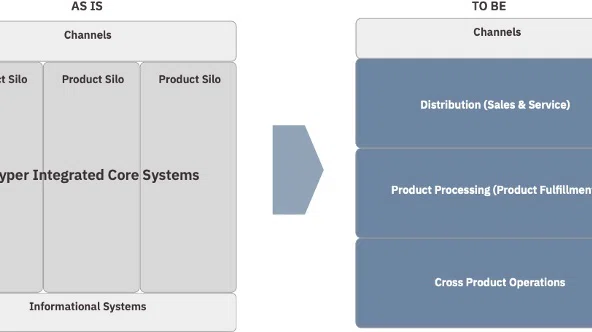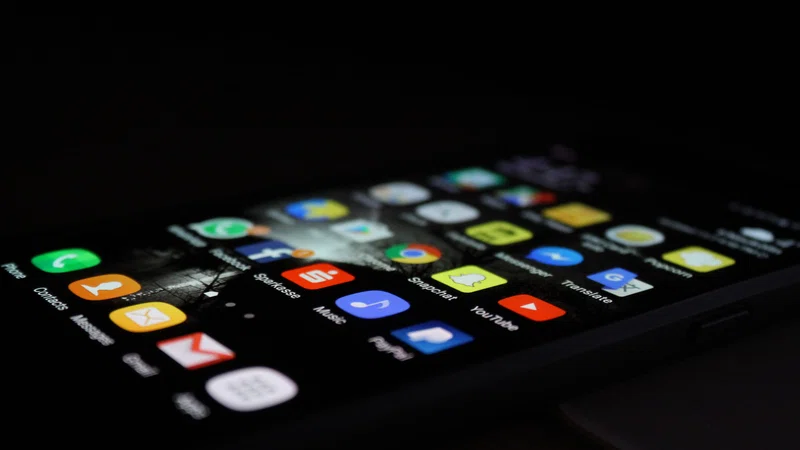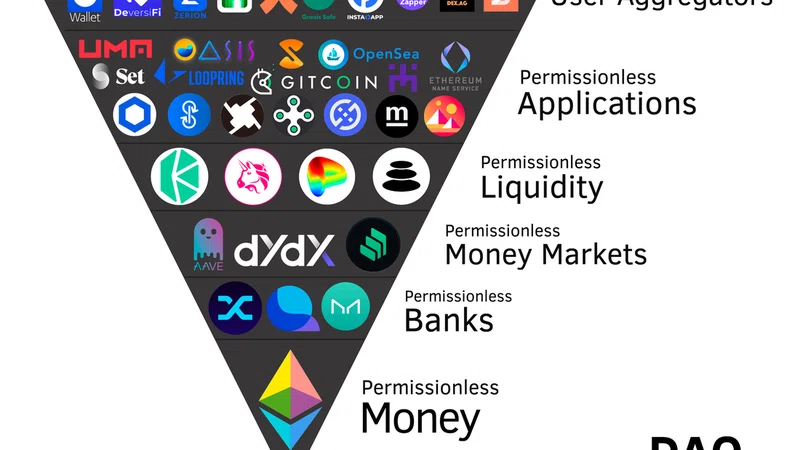Unless you’ve taken an anthropology course, “semiotics” is probably not a word known to you. In the simplest terms, it is the understanding of objects. Still confused? Think about the word “coffee”. It is a brewed beverage that has caffeine and is associated with “alertness” among many other things. That is the most common, basic understanding of coffee.
In November 2020, McKinsey published US digital payments: Achieving the next phase of consumer engagement. One especially interesting thing they noted there is the current erosion of consumer trust in digital payments. As we advance and “digitize” at first I thought it was a little oxymoronic. Upon further thought, however, I would argue this is happening because it’s getting more confusing.
Ok, so why am I bringing up the fancy word semiotics? Well, think about what “digital payment” evokes to the average person? Consumers think about a non-physical cash way to make a purchase — whether on the internet on Amazon.com or now via a digital wallet. Those make sense — Amazon, Google, and Apple are brands we have trusted for decades to provide services to us and probably the majority of people we know. When we want something, we tap our phone and pay with ApplePay at checkout, or type our credit card information into Amazon to buy something we are too lazy to drive to Target to buy.
We know and trust the payments we make through Amazon and with our digital wallets. These brands are part of our schema of what is a digital payment. They’re part of our understanding.
So what’s declining? As McKinsey points out, there is a growing concern with payments made via social apps and “internet of things” (IoT) devices. Now, think about it — social media is not known for being the most trustworthy with our personal data nor as a reliable source of information in general. According to Edelman, social media experienced a -5% drop in trust for general news and information from 2020 to 2021. Further, social media is the least believable source of information overall with only 6% of respondents believing something they see on their social media after seeing it twice or less. In short, social media is associated with ‘mistrust’.
Internet of Things devices? Well, even though two-thirds own at least one internet of things device, I bet less than 10% know that they own an IoT device. So naturally, when digital payments are explained in terms of social media and IoT, of course it evokes distrust — humans naturally distrust what we do not understand.
However, I don’t think this will last long. In many years I bet my kids will look at me judgingly when I pronounce skepticism at blinking morse-code eye scans to make payments or something else wild to my current imagination.











